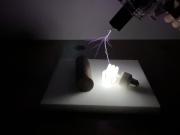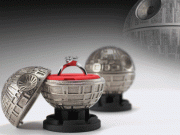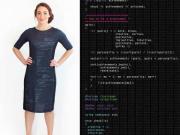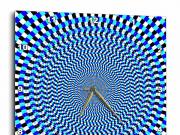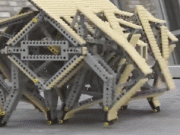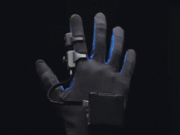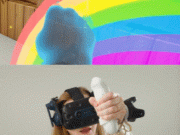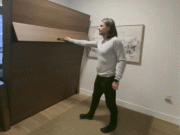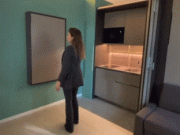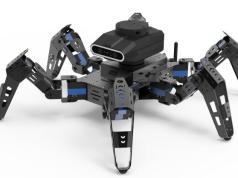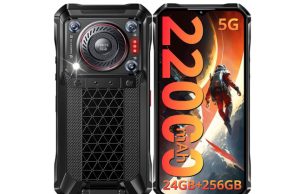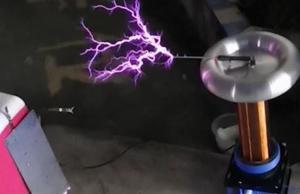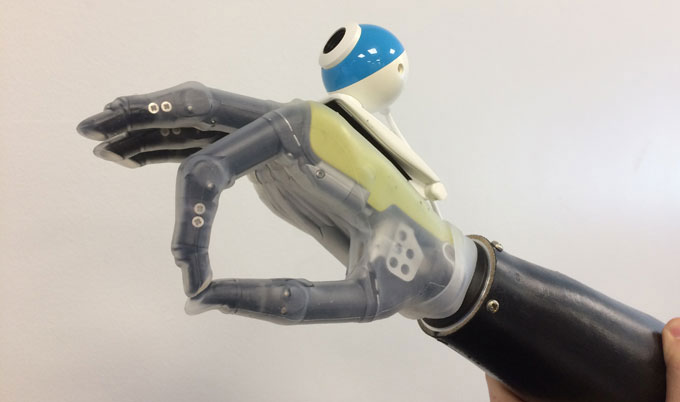
Prosthetic limbs keep getting smarter all the time. Researches at Newcastle University have developed a bionic hand with artificial vision that can take pictures of objects in front of it to assess their size and shape and adapt accordingly. Users will be able to reach out and pick up objects with a quick glance in the right direction:
the team programmed the hand to perform four different ‘grasps’: palm wrist neutral (such as when you pick up a cup); palm wrist pronated (such as picking up the TV remote); tripod (thumb and two fingers) and pinch (thumb and first finger).
Using a 99p camera, the hand sees objects and picks the most appropriate grasp. Signals are sent to the hand in a matter of milliseconds.
The ultimate goal is to develop prosthetics that directly communicate with the brain and vice versa.
